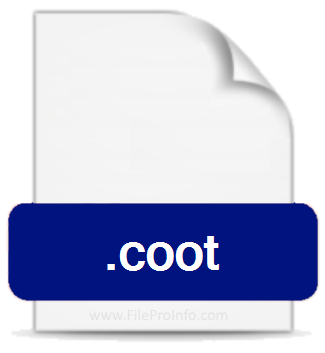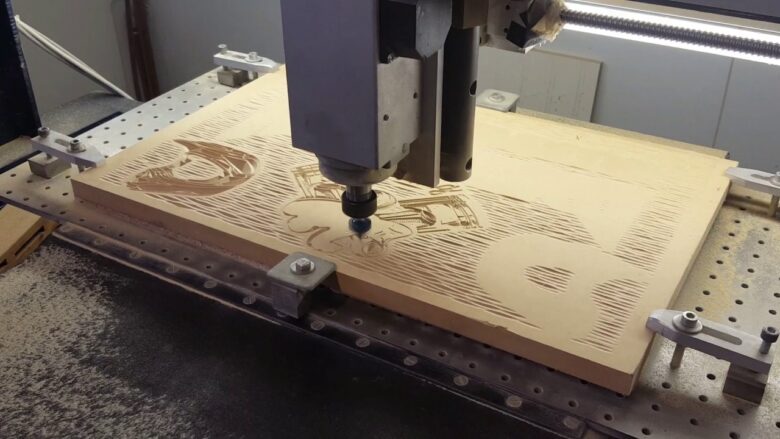
- #What can you do with coot software for mac os x#
- #What can you do with coot software manual#
- #What can you do with coot software full#
- #What can you do with coot software software#
Add terminal residue - extend a protein or nucleotide chain.Find waters - add ordered solvent molecules to the model.Other protein tools (flip peptide, flip sidechain, cis trans).Torsion editing (edit chi angles, edit main chain torsions, general torsions).
#What can you do with coot software manual#

Regularize zone - optimize stereochemistry.

#What can you do with coot software full#
Ca Zone -> Mainchain - convert an initial trace of the alpha-carbon atoms to a full main-chain trace.C-alpha baton mode - trace the main chain of a protein by placing correctly spaced alpha-carbon atoms.The user may also intervene in this process, dragging the atoms into the right places if the initial model is too far away from the corresponding electron density. The most important of these tools is the real space refinement engine, which will optimize the fit of a section of atomic model to the electron density in real time, with graphical feedback. checking that the atomic model agrees with the experimentally derived electron density and makes chemical sense). adjusting the model to better fit the electron density), and for validation (i.e. Electron density may be read into the program from ccp4 or cns map formats, though it is more common to calculate an electron density map directly from the X-ray diffraction data, read from an mtz, hkl, fcf or mmcif file.Ĭoot provides extensive features for model building and refinement (i.e. The contour level controlled using the mouse wheel for easy manipulation - this provides a simple way for the user to get an idea of the 3D electron density profile without the visual clutter of multiple contour levels. The density is contoured using a 3D-mesh.

The two halves of each bond are coloured according to the element of the atom at that end of the bond, allowing chemical structure and identity to be visualised in a manner familiar to most chemists.Ĭoot can also display electron density, which is the result of structure determination experiments such as X-ray crystallography and EM reconstruction. The atomic model is represented by default using a stick-model, with vectors representing chemical bonds. The model may then be rotated in 3D and viewed from any viewpoint. Other contributors include Kevin Cowtan, Bernhard Lohkamp and Stuart McNicholas ( University of York), William Scott ( University of California at Santa Cruz), and Eugene Krissinel ( Daresbury Laboratory).Ĭoot can be used to read files containing 3D atomic coordinate models of macromolecular structures in a number of formats, including pdb, mmcif, and Shelx files. The primary author is Paul Emsley ( MRC-LMB at Cambridge). Additional support is available through the Coot wiki and an active COOT mailing list.
#What can you do with coot software for mac os x#
Pre-compiled binaries are also available for Linux and Windows from the web page and CCP4, and for Mac OS X through Fink and CCP4. It is available from the Coot web site originally at the University of York, and now at the MRC Laboratory of Molecular Biology.
#What can you do with coot software software#
Recent developments have enhanced the usability of the software for expert users, with customisable key bindings, extensions, and an extensive scripting interface.Ĭoot is free software, distributed under the GNU GPL.

The software is designed to be easy-to-learn for novice users, achieved by ensuring that tools for common tasks are 'discoverable' through familiar user interface elements (menus and toolbars), or by intuitive behaviour (mouse controls).


 0 kommentar(er)
0 kommentar(er)
